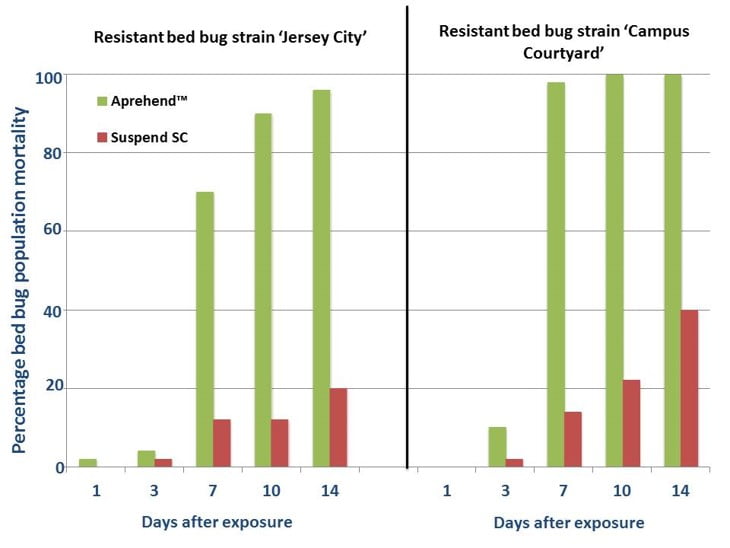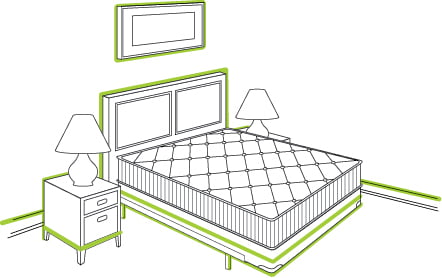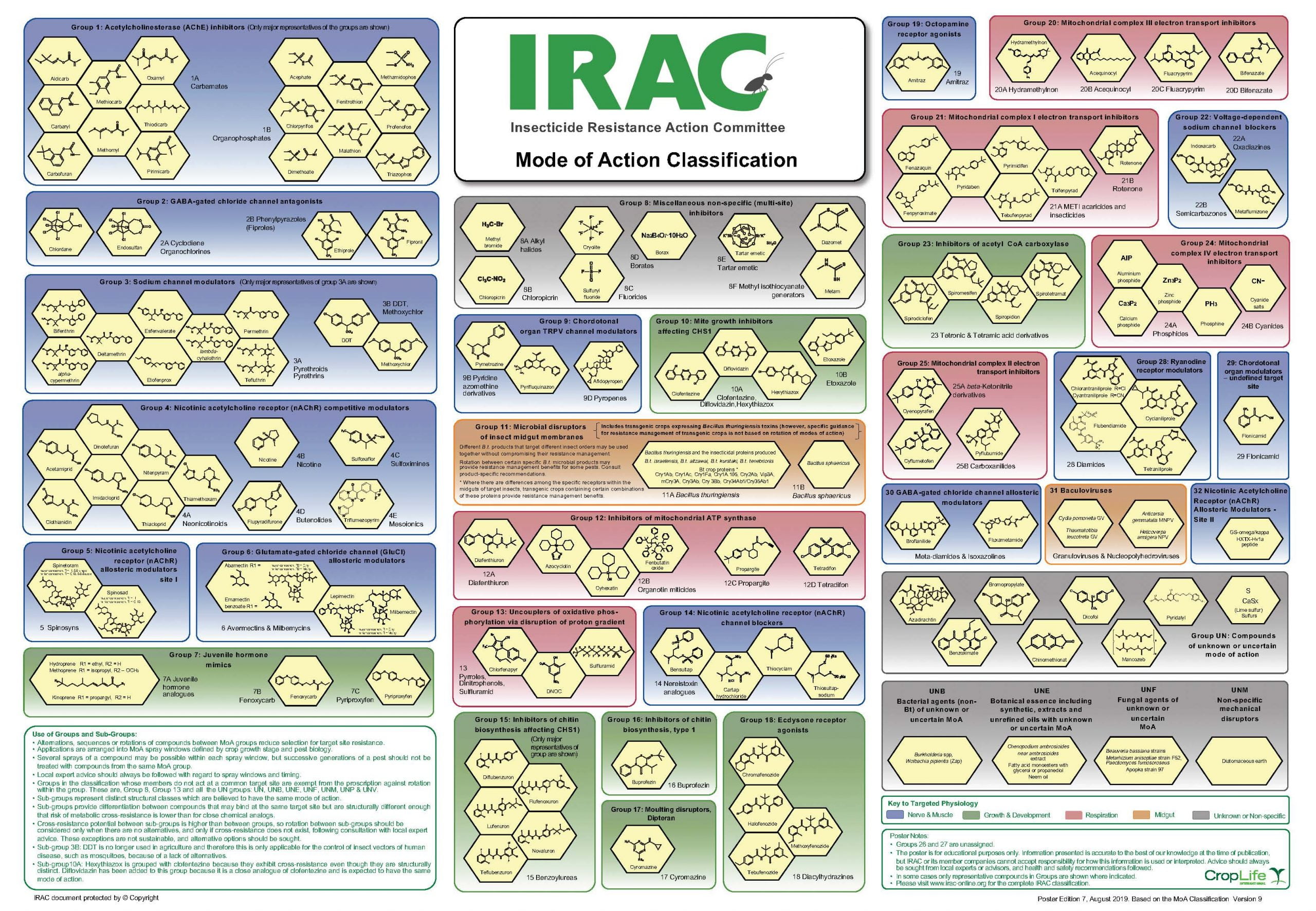We have all seen the research reports on the increased incidence of chemical resistance in bed bug populations. Bed bugs are known to have established resistance pathways to both pyrethroid and neonicotinoid-based insecticides. Unfortunately, these are the two most used classes of pesticides for bed bug remediation. Products containing single active ingredients from either of these chemical mode of action classes are becoming less effective as resistant populations become more widespread.
The use of newer combination products with multiple modes of action has helped PMPs to gain control over these problematic, resistant populations. However, even with these new combination chemistries there remains a high risk of the establishment of multiple resistance mechanisms, particularly in multi-family housing where complete eradication is challenging. Bed bugs that survive after exposure to combination products go on to produce offspring with increased tolerance to chemical exposure, which can rapidly result in the establishment of populations resistant to even these newer chemical combinations. When such resistant populations become more widespread, only products outside of these modes of action will provide effective control.
Aprehend® is one such product. As seen on the IRAC “Mode of Action Classification” Chart (Figure 1), Aprehend’s active ingredient, Beauveria bassiana, has a completely different mode of action (Group UNF) than the pyrethroid (Group 3) and neonicotinoid (Group 4) based insecticides.
Figure 1: Mode of Action Classification
© IRAC, IRAC MOA Structures
{To learn more about Insecticide Resistance and find useful tools, visit the Insecticide Resistance Action Committee here: https://irac-online.org/)
Aprehend® combats resistant bed bugs

Since Aprehend is based on a natural fungal disease of insects, even bed bugs with modified metabolic pathways have no cross-resistance to fungal diseases (Figure 2).
This unique mode of action is effective regardless of the resistance status of a bed bug population and university research on fungal pathogens has found no likely pathway for resistance to fungal diseases. Some of the earliest research on the effectiveness of Aprehend can be found in this study: Susceptibility of insecticide-resistant bed bugs (Cimex lectularius) to infection by fungal biopesticide.
 Implementing Aprehend® into your bed bug protocol can take the guesswork out of bed bug remediation, by providing a novel mode of action to combat even the most resistant bed bug populations. A simple 2” spray band (pictured in green) applied around the base perimeter of furniture items, around the perimeter of a feeding area such as the bed, or baseboards as needed, ensures that bed bugs harboring within have to cross the spray bands when they emerge in search of a blood meal. Direct spray contact is not necessary, and with up to 3 months residual efficacy, even the worst bed bug infestations can be eradicated. See how other PMPs have used Aprehend® in a variety of difficult situations in these Case Studies and suggested prep steps and proper equipment usage with these Training Videos.
Implementing Aprehend® into your bed bug protocol can take the guesswork out of bed bug remediation, by providing a novel mode of action to combat even the most resistant bed bug populations. A simple 2” spray band (pictured in green) applied around the base perimeter of furniture items, around the perimeter of a feeding area such as the bed, or baseboards as needed, ensures that bed bugs harboring within have to cross the spray bands when they emerge in search of a blood meal. Direct spray contact is not necessary, and with up to 3 months residual efficacy, even the worst bed bug infestations can be eradicated. See how other PMPs have used Aprehend® in a variety of difficult situations in these Case Studies and suggested prep steps and proper equipment usage with these Training Videos.


